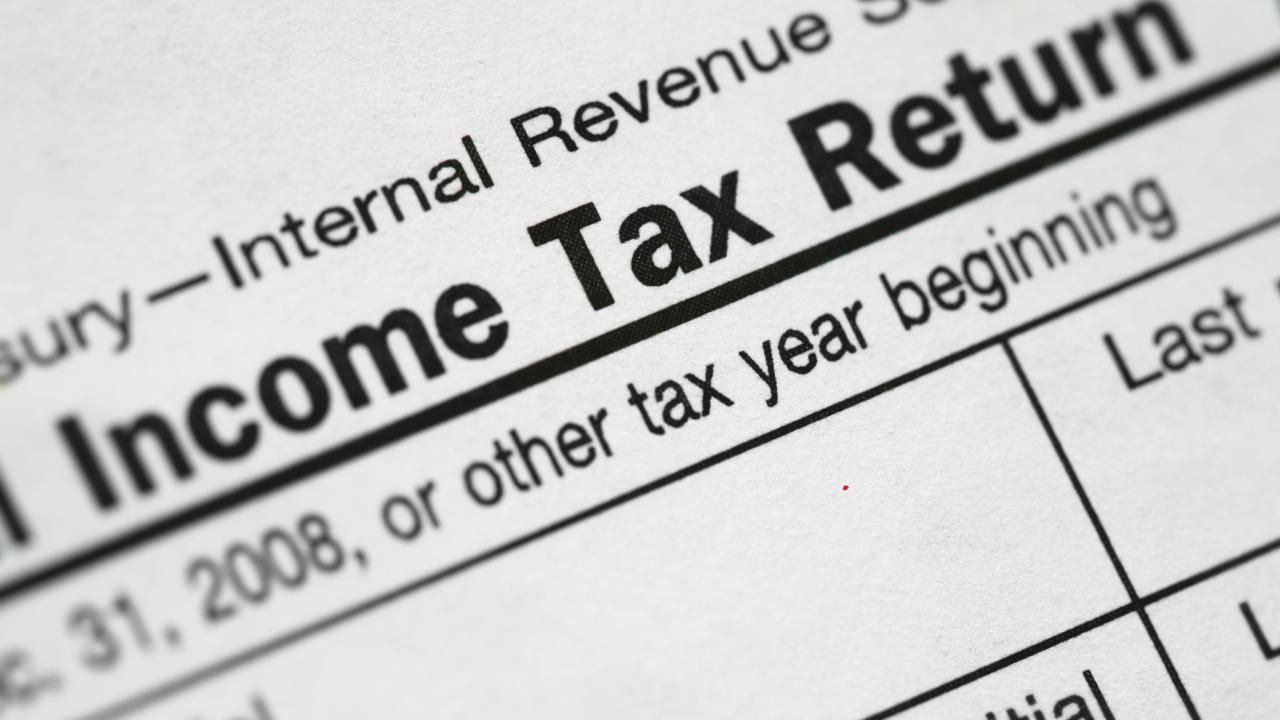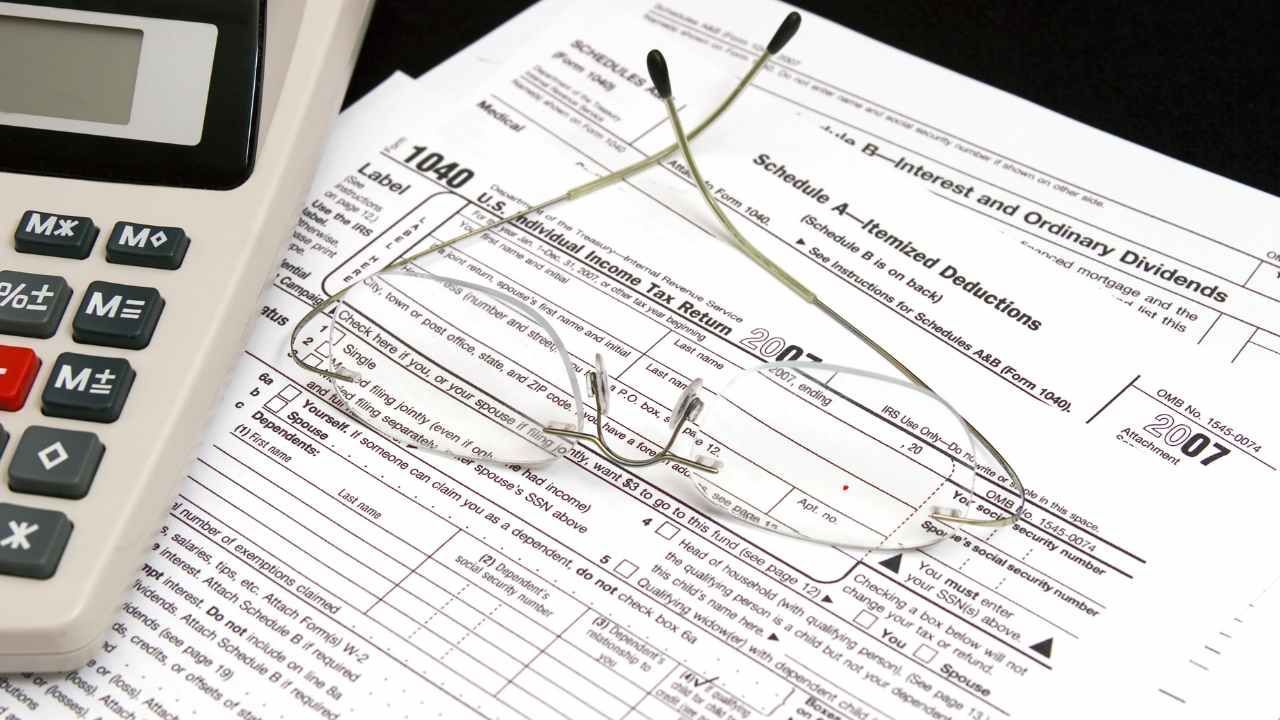Understanding Tax Brackets: How They Affect Your Income

Ever wondered why you don’t lose half your paycheck when you move to a higher tax bracket? Tax brackets can seem intimidating, but they’re actually more forgiving than most people think. Understanding how they work can help you plan smarter and keep more of what you earn.
In this article, you’ll learn what tax brackets really mean, how they apply to your income, and ways to manage your taxes more efficiently. Let’s break it all down so you can breathe a little easier come tax season.
What Are Tax Brackets, Anyway?
Tax brackets are ranges of income taxed at progressively higher rates. In the U.S., the tax system is progressive, meaning the higher your income, the higher your marginal tax rate. But — and this is a big but — you only pay that higher rate on the portion of your income that falls within that bracket.
For example, suppose the first bracket taxes income up to $11,000 at 10%, and the next bracket covers $11,001 to $44,725 at 12%. If you make $30,000, you pay:
- 10% on the first $11,000
- 12% on the next $19,000 (the difference between $11,000 and $30,000)
In other words, only the money that spills over into a new bracket is taxed at that higher rate.
Why Tax Brackets Matter
Understanding tax brackets matters for two big reasons:
- Avoiding tax myths. Many fear “moving to a higher bracket” will wipe out their extra earnings. But since only part of your income gets taxed at the higher rate, your take-home pay still grows.
- Planning strategies. If you know your marginal tax rate, you can better decide whether to make retirement contributions, charitable donations, or defer bonuses, all of which can shift your taxable income into a lower bracket.
A case in point: a small business owner in Fort Mill thought earning $5,000 more would cost him thousands in taxes. After meeting with a tax professional, he realized he’d only pay a slightly higher rate on that extra $5,000, keeping most of his raise.
How to Maximize Your Tax Strategy
Tax brackets are just one piece of a much larger tax puzzle. Here’s how to stay ahead:
- Contribute to retirement accounts. These reduce your taxable income, which could keep you in a lower bracket.
- Use tax credits. Unlike deductions, credits directly cut your tax bill.
- Time your income. If you have control over when you get paid (like year-end bonuses), you might shift them into a year with a lower tax rate.
Working with a trusted advisor can help. For example, a Fort Mill tax consulting firm such as Carolina Tax Consulting can guide you through the tax code and show how to apply the best strategies for your situation. Their experience in providing tax consulting services means you can focus on growing your income while they help you manage what you owe.
A Short Case Study
A young couple earning around $95,000 annually worried they’d jump into a higher bracket after a promotion. Their accountant showed them they’d pay the higher tax rate only on the amount above the new bracket threshold, saving them thousands compared to what they feared. By contributing to a 401(k) and a Health Savings Account, they trimmed their taxable income further and stayed in a comfortable bracket.
Take Control of Your Tax Picture
Tax brackets don’t have to be scary. Once you understand how they work, you can make better choices about saving, spending, and investing. That knowledge puts you in charge — instead of letting the IRS surprise you each April.
If you’re ready to build a more confident tax strategy, reach out to a qualified advisor and start exploring the options available to you.
Ready to keep more of your hard-earned money? Talk to a trusted tax professional today and take charge of your financial future.
Ready to work with Carolina Tax Consulting, LLC?
Let's connect! We’re here to help.
Send us a message and we’ll be in touch.
Or give us a call today at 803-410-5885











